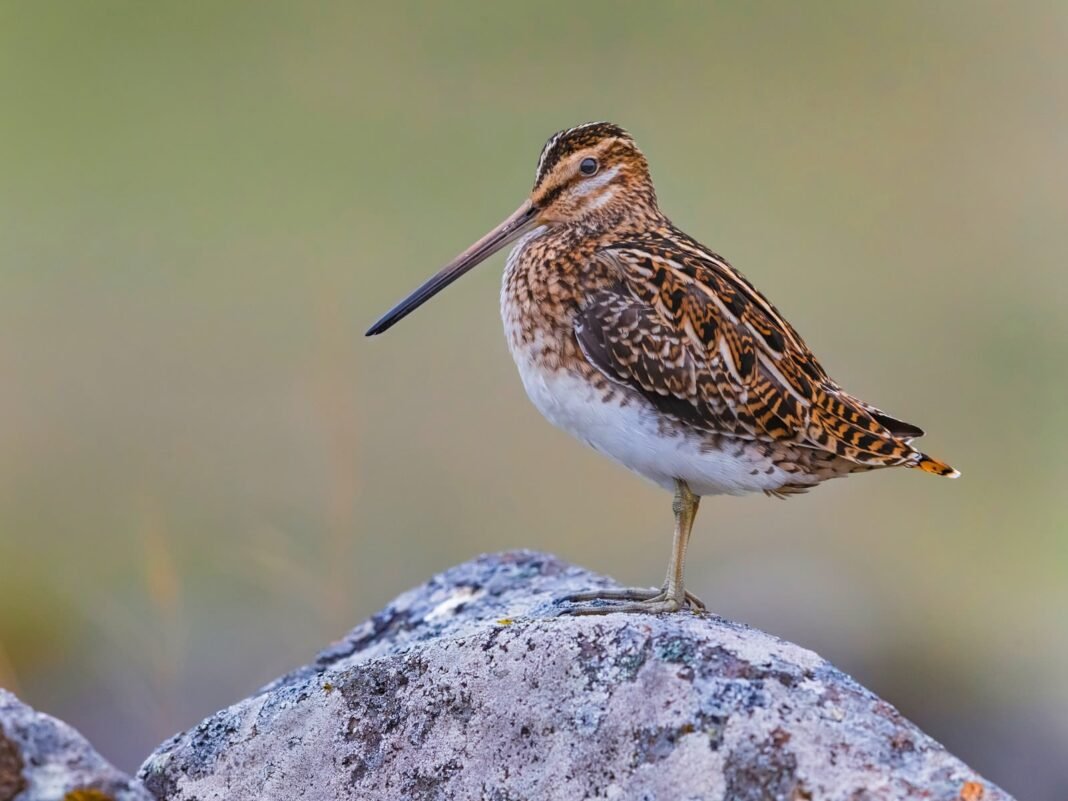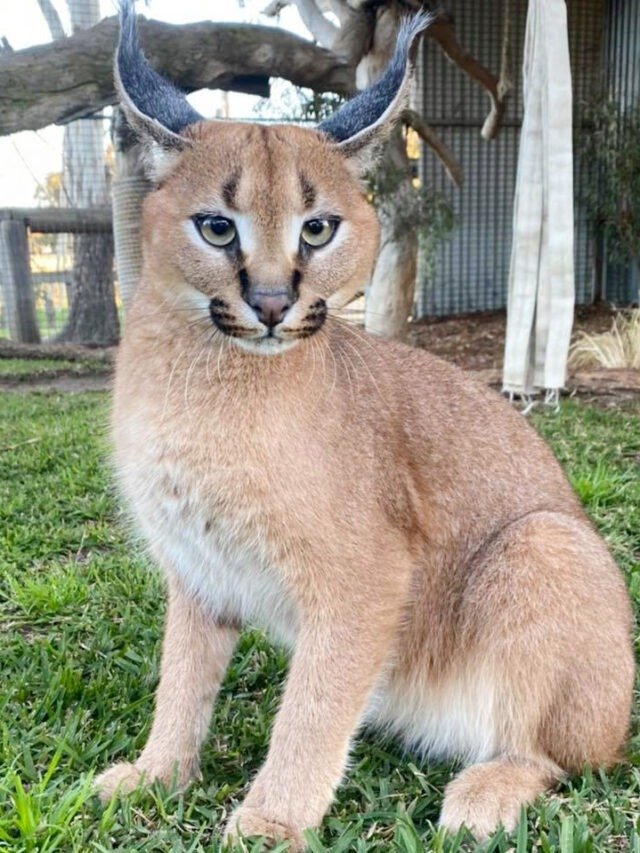HT DIGITAL
GUWAHATI, AUGUST 10: The fragile wetland ecosystems inside Assam’s Manas National Park & Tiger Reserve have once again been thrown into fresh focus with a rare sighting of a Common Snipe. The bird was photographed yesterday along the marshy edges of the park, serving as a vivid reminder of the delicate habitats that sustain the rich bird life in the state.
Assam Forest Minister Chandra Mohan Patowary posted the photo on X, which was shared by Sanjib Das. Telling the species’ unique characteristics, Patowary wrote: “With its dainty camouflage plumage imitating perfectly the wetland surroundings, the Common Snipe adorns the marshy fringes of Manas National Park & Tiger Reserve. A stealth specialist, it employs its long bill to probe into the mud for invertebrates, flourishing in the park’s rich mosaic of grasslands and waterbodies.”
The Common Snipe (Gallinago gallinago) is a small, chunky wader known for its brown mottled color and long, straight bill, adapted to probing soft mud to find worms and insect larvae. The bird relies upon shallow, undisturbed marshes and flooded grasslands for feeding and breeding.
Despite not being on the global list of threatened species, the Common Snipe’s population in Assam is increasingly threatened. Drainage of wetlands, conversion to agriculture, and fertilizer and pesticide pollution are denuding it of its habitat. Uncontrolled water abstraction and localized hunting further stress these fragile populations.
Manas National Park, a World Heritage site, harbours over 500 bird species and continues to be one of the region’s most crucial reserves of biodiversity. The park has had its share of setbacks — decades of war and poaching once saw it placed on the “in danger” list. But concerted anti-poaching efforts and community engagement since then have seen a stunning turnaround. Conservationists emphasize that saving the park’s wetland ecosystems will involve restoring small areas of marsh, controlling water use, curbing agrochemical runoff, and promoting strengthened community-based conservation efforts that connect local livelihoods to sound wetlands.












